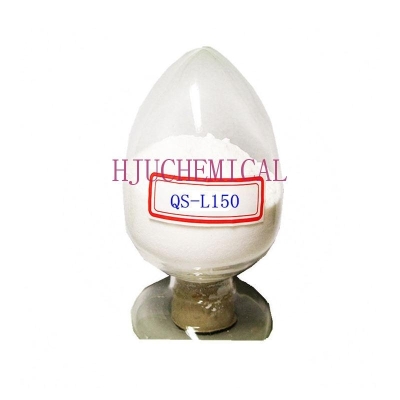-
Categories
-
Pharmaceutical Intermediates
-
Active Pharmaceutical Ingredients
-
Food Additives
- Industrial Coatings
- Agrochemicals
- Dyes and Pigments
- Surfactant
- Flavors and Fragrances
- Chemical Reagents
- Catalyst and Auxiliary
- Natural Products
- Inorganic Chemistry
-
Organic Chemistry
-
Biochemical Engineering
- Analytical Chemistry
-
Cosmetic Ingredient
- Water Treatment Chemical
-
Pharmaceutical Intermediates
Promotion
ECHEMI Mall
Wholesale
Weekly Price
Exhibition
News
-
Trade Service
To manage the growing amount of plastic waste, some cities and governments, influenced by strong lobbying by waste management companies, are turning to thermal treatmen.
The flue gas emitted by waste incineration (here refers to incineration in incineration plants) contains heavy metals (mercury, lead, cadmium and mercury, e.
In addition to this integrated incineration, in suburban, rural and remote areas, there are also cases where open burning is used to solve the plastic probl.
Open burning is defined as the burning of unwanted combustible materials such as paper, wood, plastics, textiles, rubber, waste oil and other debris piled up in nature or in open dumps where pollutants are emitted directly into the a.
The incineration of raw materials can pose serious health risks, such as polyvinyl chloride (PVC) resulting in excessive dioxin emissio.
Whether incineration, or gasification, pyrolysis, and plasma arcs, thermal treatment of plastic waste can lead to POPs such as dioxins and PCBs, as well as lead, arsenic, mercury, and other heavy metals from the original constituents of plastic was.







